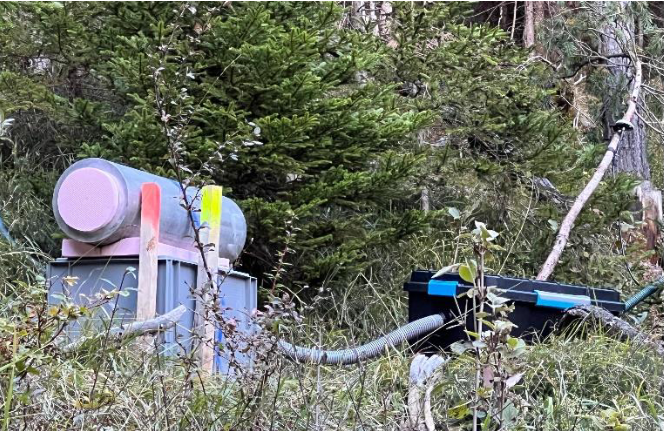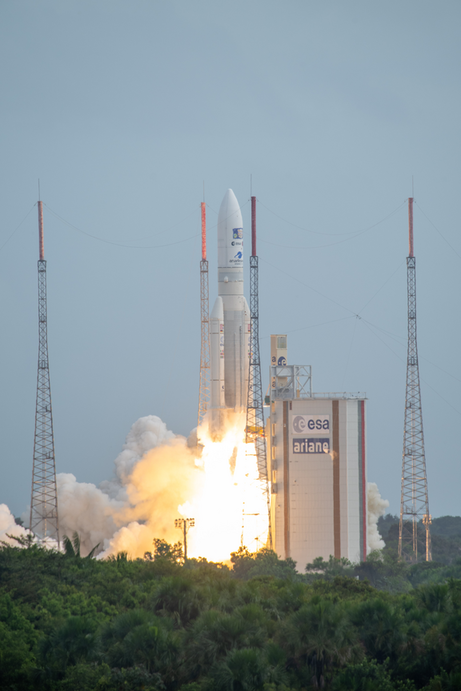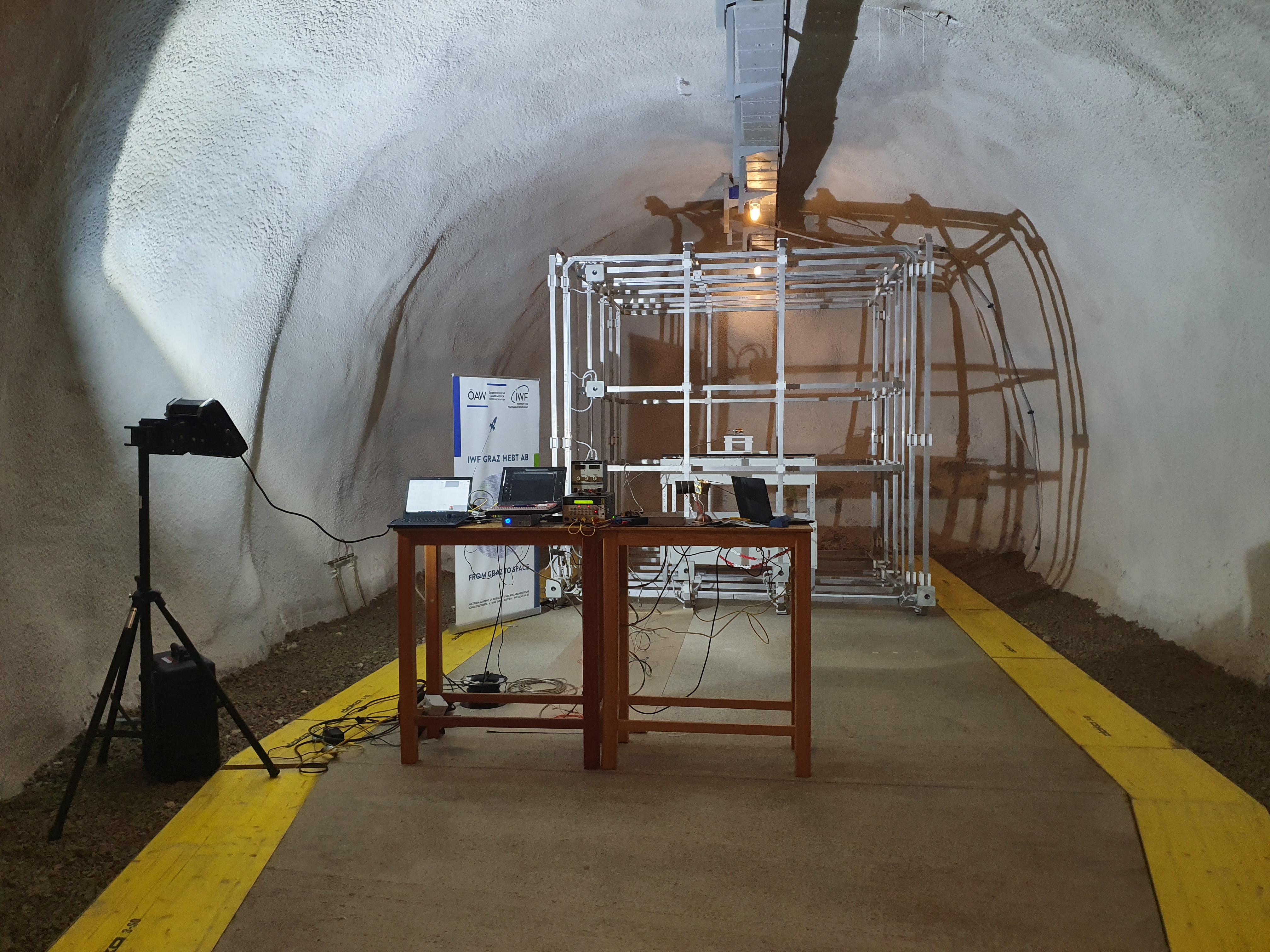
GeoSphere Austria has developed and put into operation a new measuring system for detecting geomagnetically induced currents in high-voltage lines. The measuring system consists of an arrangement of sensitive magnetometers under the power lines. From the measured magnetic fluctuations, a computer model determines the time course of the induced direct currents. In collaboration with Austria Power Grid (APG), threats to the power supply that occur during solar storms and the resulting magnetic field disturbances are recorded. Rapid detection of magnetic field disturbances and their induced currents helps operators of large infrastructures take measures to avoid large-scale failures or damage. GeoSphere Austria's services in the context of space weather and geomagnetism are an important part of this strategy and, among other things, part of the AMAS multi-hazard platform. In the future, the data collected by the stations will be compared with other measurements in the power grid and with measurements at the Conrad Observatory in order to further improve and calibrate the calculations of the effects of geomagnetically induced currents.

The "EuroGIC" project of the European Space Agency (ESA) is concerned with the provision of Europe-wide information on geomagnetically induced currents (GIC).
The Sun’s activity manifests itself as solar flares, radiation storms and coronal mass ejections. When these are directed at Earth, they drive geomagnetic storms that can cause a range of impacts of varying severity, depending on location, including disruption to terrestrial, maritime and space systems. Geomagnetic storms are rapid changes in the Earth’s magnetic field that generate strong currents in long and conductive infrastructures such as powerlines and railway tracks.
GeoSphere Austria has joined the EuroGIC consortium to support power grid operators by developing a web application that models geomagnetically induced currents in near-real time using data from existing stations across Europe that measure the Earth's magnetic field. The web application will be integrated into ESA's space weather portal and will be available to power grid operators to assess the risk to their transformers and ultimately avoid power outages.

The JUICE (Jupiter Icy Moons Explorer) mission by the European Space Agency (ESA) aims to explore Jupiter and its icy moons. It was launched on 14 April 2023 and is expected to reach Jupiter in July 2031. JUICE's primary objective is to study three of Jupiter's largest moons: Ganymede, Callisto, and Europa. The mission aims to investigate the moons' potential for supporting life by studying their subsurface oceans, geology, and atmospheres.

A coil system with 3 meter high coils is located at the Conrad Observatory and used for calibration of highly sensitive magnetic field measuring devices, which will later carry out important analyzes in space. Magnetometers for the JUICE project were tested in this coil system, which was set up jointly by the ÖAW and ZAMG. JUICE (JUpiter ICy moon Explorer) is the first mission of the European Space Agency ESA to the outer solar system. In particular, the three largest moons of Jupiter are examined: Callisto, Europa and Ganymede. The launch is planned for 2023.
Even in the days of Isaac Newton, it was believed that gravity was reserved for astronomical objects such as planets. It was only through the work of Cavendish (and Nevil Maskelyne before him) that it was possible to show that objects on earth also produce their own gravity. In 1797, using an elegant pendulum device, Cavendish was able to measure the gravitational force generated by a 30 cm long and 160 kg heavy lead ball. A so-called torsion pendulum -- two masses at the ends of a rod that is suspended from a thin wire and can rotate freely -- is measurably deflected by the gravitational force of the lead mass. Over the coming centuries, these experiments were further perfected to measure gravitational forces with increasing accuracy.
This idea is taken up here and a miniature version of the Cavendish experiment was set up.
The term "space weather" generally refers to the state of the near-Earth space
environment and Earth's upper atmosphere. Space weather is mainly determined by the
activity on the Sun and the relevant phenomena are often called solar storms. The
interaction between charged particle clouds in the solar wind and the geomagnetic field
leads to geomagnetic storms.
Space weather can affect technological systems on the earth's surface during extreme
events, in which large clouds of charged particles leave the Sun as plasma.
Variations of the Earth’s magnetic field in space and time cover a wide range of magnitudes. Strong changes of the geomagnetic field intensity on decadal to centennial timescales originating from the Earth’s outer core are of crucial importance for infrastructures and living organisms because they affect the shielding strength against energetic cosmic particles. Within the FWF project “Filling critical archeomagnetic data gaps” (P 36496), two periods characterized by extraordinarily strong field intensity variations will be investigated with new records from Central Europe.


